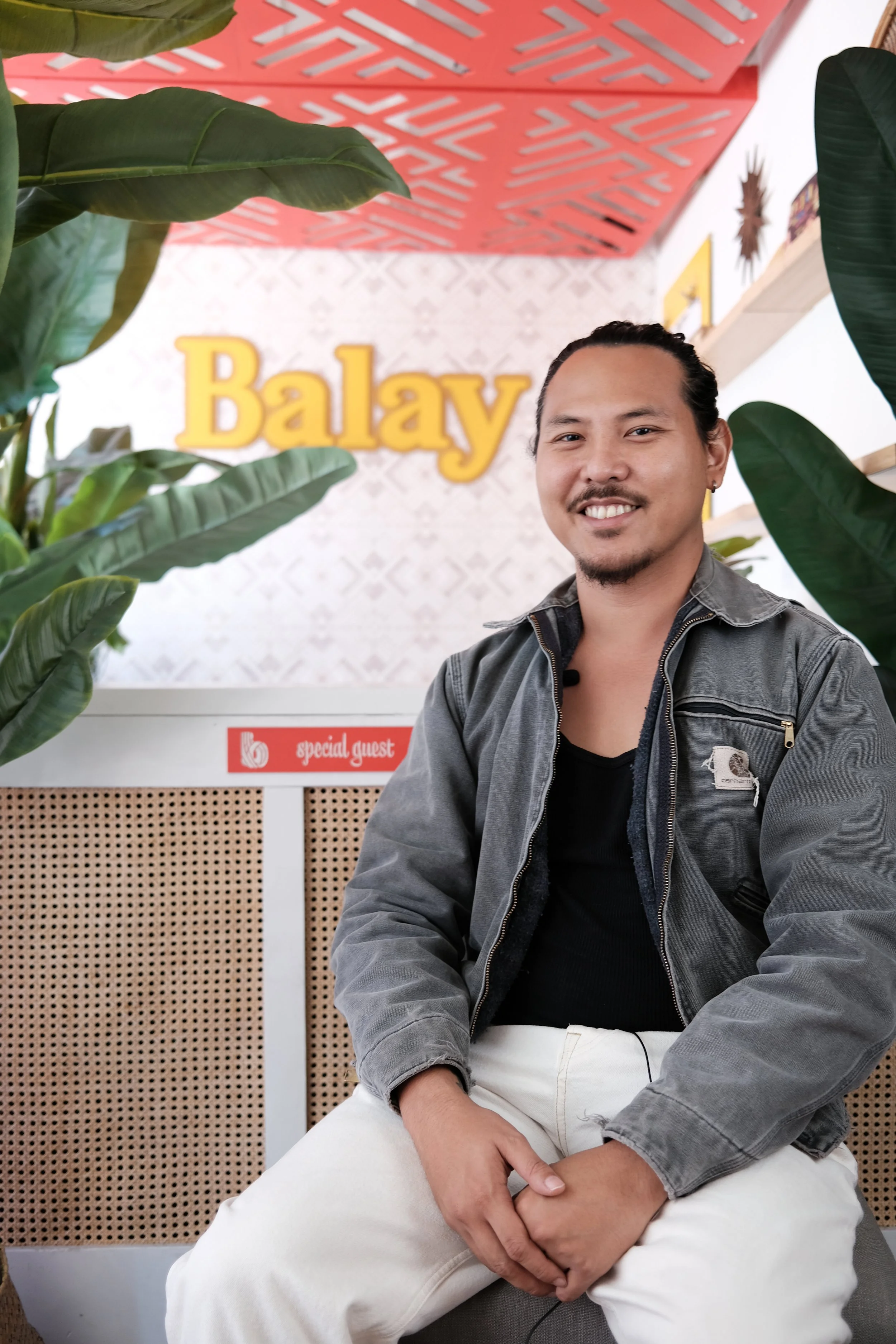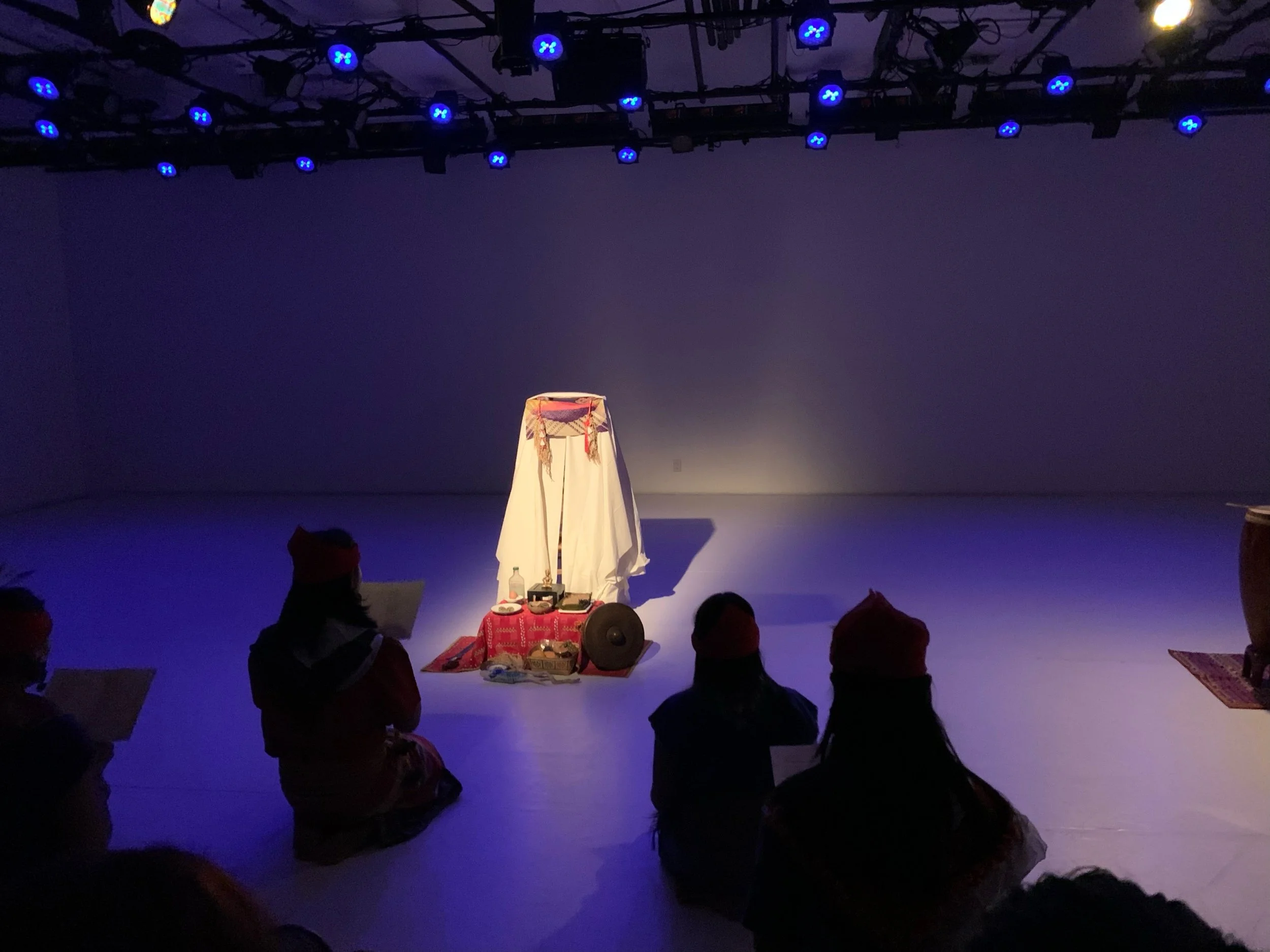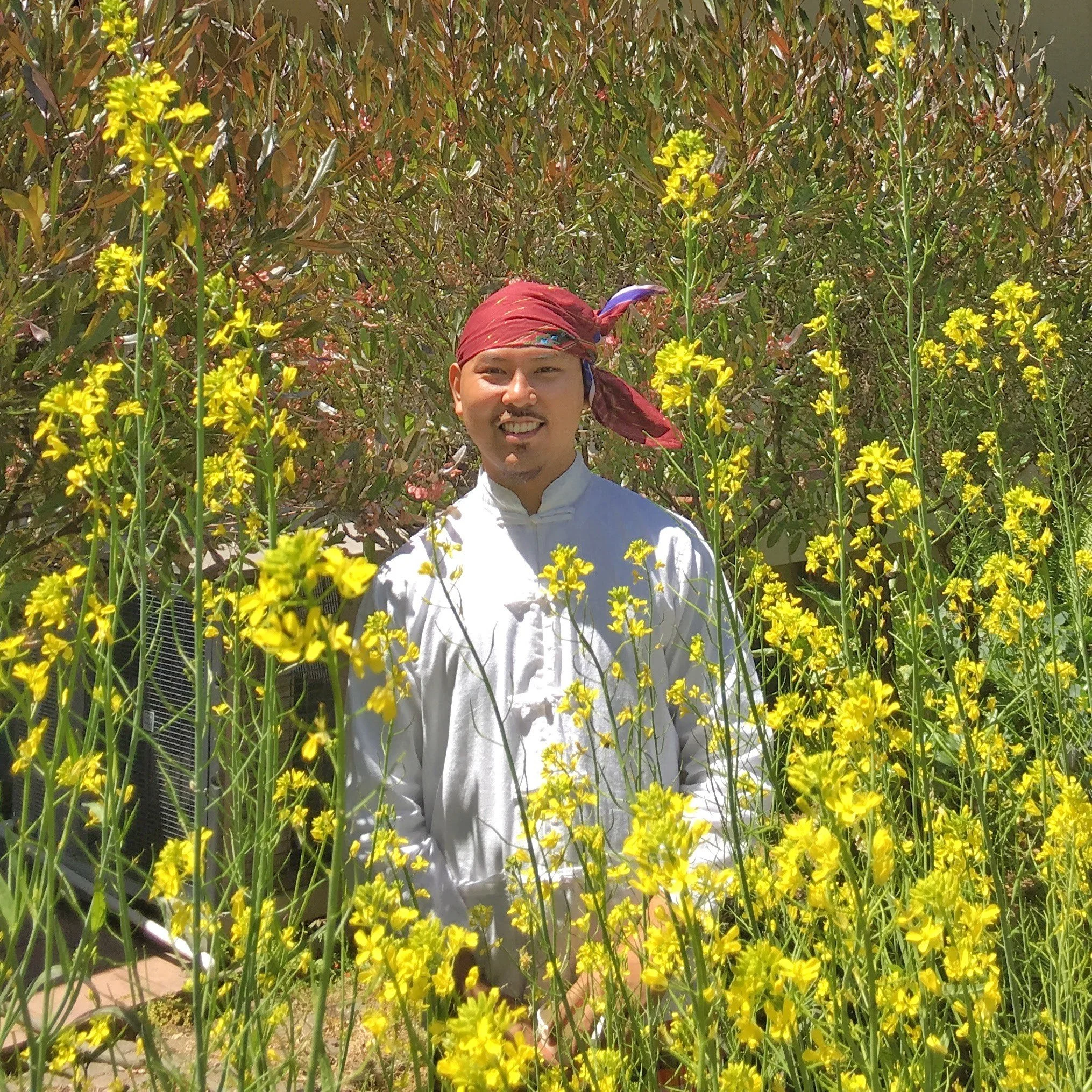Jacob Walse-Dominguez and Re-imagining Lost Traditions in the Filipino Diaspora
Jacob Walse-Dominguez
〰️
Cultural worker
〰️
Jacob Walse-Dominguez 〰️ Cultural worker 〰️
Jacob Walse-Dominguez is a migrant diasporic movement artist and traditional gong-chime musician bridging transnational histories and realities. A regular at Palangay Circles at Kapwa Gardens, Jacob has blessed the Kultivate Lab spaces with their practices of cultural work through traditional and re-imagined dance. Jacob has performed from coast to coast and throughout their career, have empowered queer Filipinx folks looking for community within cultural practices.
“Through immersion with culture-bearers in the Philippines and community work among the diasporic Filipinx community in NYC and the Bay Area, Jacob weaves past and present towards an inclusive post-Philippine identity in a post-colonial world, focusing on colonial resistance and community empowerment through cultural work.”
Jacob is just one of six recipients of the Kreative Growth Grant, a $3,000 to $6,000 grant Balay Kreative gives to Filipinx artists in the Bay Area, in order to launch new works of art and culture in the Filipino Cultural District in San Francisco.
In an interview with Iggy Mora and Jimmie Gabiola, Jacob talks about their newest project, what it means to be a cultural worker, and how they anticipates their journey with the Balay Kreative Grant might help make a mark on the SOMA Pilipinas community.
Profile by Tianna Mae Andresen
Introduce yourself and your project
Hi, my name is Jacob Dominguez. I'm in the performing arts track. I am showing a project called Maganito.
What drew you to the Balay Kreative Kreative Growth Program?
When I first saw Pangalay Circle with Kimberly Requesto, and how it was under the Balay Kreative Growth program, I saw just how much community and sort of sharing of knowledge was going on. It felt really important to try and join this sort of body of artists so that I could be able to share a very specific folk dance that I feel is not quite known yet outside of the Philippines.
How did it feel learning you were selected to be a recipient?
I couldn't believe that I actually got chosen. It kind of felt that when I proposed the project, it was sort of like a shot to the moon, I didn't actually think it would get noticed or that it would be chosen. So I was really excited and really hopeful.
What do you hope to gain from your experience?
I really hope to gain a sense of knowing how to work with multiple artists. Also just getting along, it feels like in general, for me that art can be really solitary. So it's very interesting to be in a space where you're getting to know other people and just interacting with their work. So I hope to really get better at that.
What kind of statements are you looking to make with your art?
The kind of statements that I hope to make with the art is really to explore Philippine folk dance in the context of community function.
I feel like we're so used to seeing it on stage and the subli that we managed to research. It's really communal, it's not on stage. It's not something that people do just to be seen. There's a real function in it for the community. Exploring what that looks like in the diaspora is the sort of question that I want people to think about.
What would you say to aspiring Filipino artists? Why is it important for Filipinos to create?
That's a heavy question.
“For the migrant, I think about two levels of Filipino art. One is what is national identity? What is Filipinoness? Is that a thing? And the other thing that I think about is out here in the diaspora, when we’re all outside of the Philippines, What does our identity feel like or look like when we’re creating something for the community?”
What does it mean to be a cultural worker? And what does it mean to reimagine lost traditions?
As young cultural workers, there is a lot of responsibility. There's a lot of navigation that one needs to do. But ultimately, like me, a cultural worker means that you learn something from a culture bearer, and you give credit to them. So, in this sense of exploring a lost tradition, I feel like it should also be clear that what's being created here isn't something that's necessarily 100% resurrected or revived, right? Whereas, culture is living. Whatever tools you may have had before, it's already gone, but with whatever is left right now, we're able to create something and explore that idea.
What can we expect from you during your time as a Kreative Growth Artist?
Mostly it's collaboration, and queer and trans non binary, sort of like lenses and Philippine folk dance. A lot of the folks that I'll be working with are other queer and trans folks. The idea is that it's not just something that I give to them and that they execute, but it's really collaborative and people are like figuring out what feels right. I asked folks in the diaspora and created something in this context of the diaspora.
You'll be doing so much this year as a resident artist from masterclass to developing your project. What would you tell yourself at the end of 2023?
Oh, you did it. I feel like there's just a lot. So I like to be able to do it.
We will be documenting Jacob and all the other recipients journeys, follow @Balaykreative to keep updated and be the first to see what each recipient's final project is!
You can also keep updated with Jacob through the following platforms:





